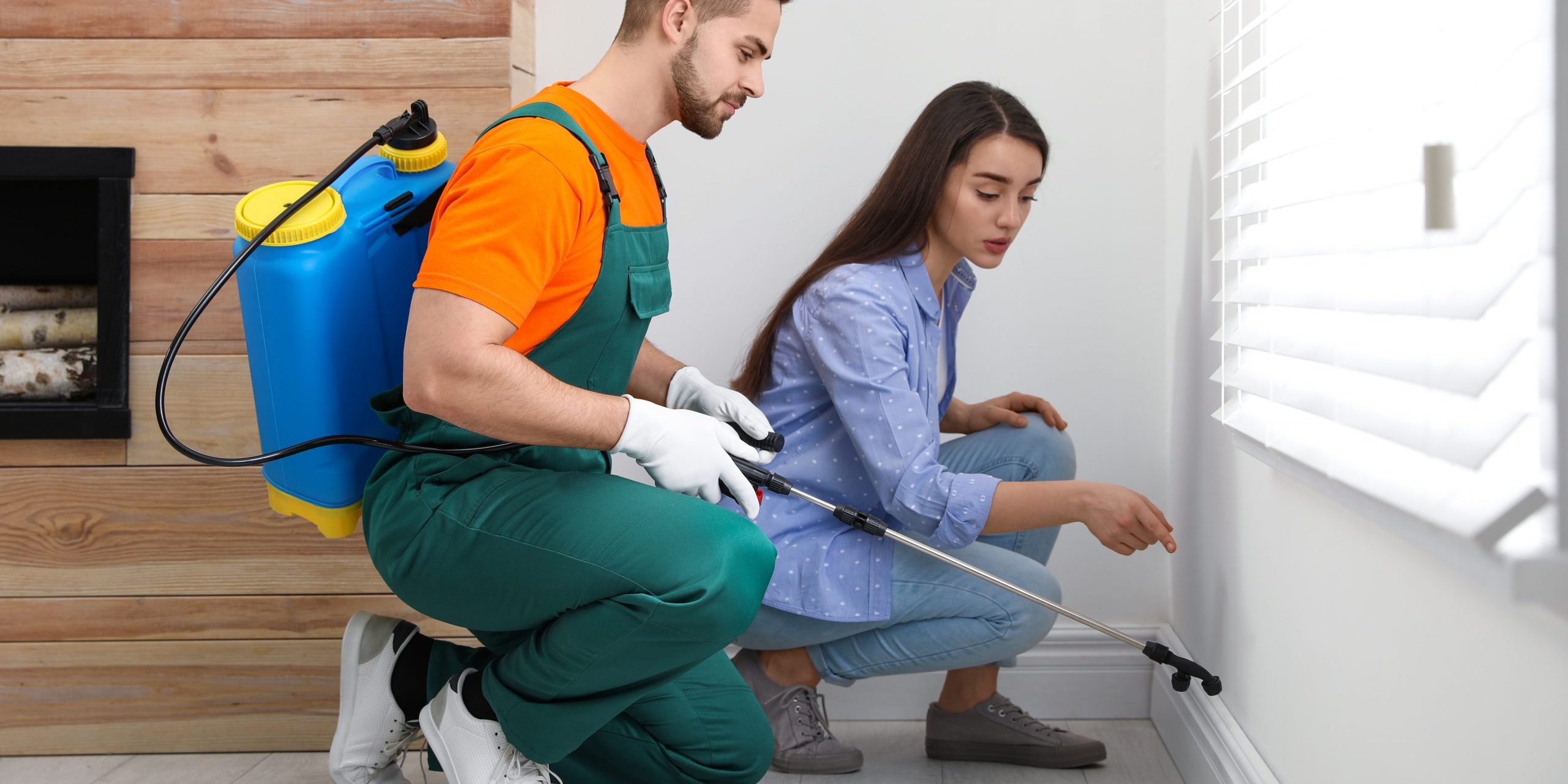Trusted Pest Control Near Me: Quick and Reliable Solutions!
Expert Pest Control Techniques for Long-Term Outcomes
In the realm of insect control, attaining sustained efficiency and long-lasting results calls for a careful method that transcends plain elimination. Specialist insect control methods encapsulate a thorough strategy that starts with a detailed inspection and analysis, complied with by accurate bug recognition to recognize their actions patterns. The execution of Integrated Pest Administration (IPM) principles, coupled with eco-conscious therapies, creates the foundation of sustainable bug removal. However, the real examination hinges on the ongoing tracking and upkeep of the dealt with locations, guaranteeing a pest-free environment for the foreseeable future. By delving into the ins and outs of these techniques, a deeper understanding of specialist insect control techniques for withstanding results emerges.
Assessment and Analysis
Upon going into a residential or commercial property for parasite control solutions, the preliminary action is a comprehensive assessment and evaluation to recognize the degree of the infestation and establish one of the most reliable treatment plan. Professional pest control professionals are educated to meticulously check out the facilities, seeking indicators of pest activity such as droppings, chomp marks, nests, or any architectural damage. They will likewise analyze the problems that may be attracting parasites, such as food sources, water leaks, or access points.

Bug Identification and Habits

Additionally, comprehending the habits of the determined bug is key to applying reliable control measures. Recognizing where insects nest, what they feed on, and their activity patterns can assist pest control professionals develop methods to eliminate them effectively. Some bugs may be nighttime, while others are extra energetic throughout the day. This knowledge enables the application of therapies at optimal times for maximum performance.
Integrated Bug Administration (IPM)
Integrated Pest Monitoring (IPM) methods integrate multiple strategies to control and prevent parasite invasions in a lasting and environmentally pleasant fashion. pest control. By integrating methods such as organic control, habitat control, adjustment of cultural practices, and using resistant ranges, IPM intends to minimize the usage of chemical pesticides
One of the vital concepts of IPM is the focus on prevention. This positive method includes monitoring insect populaces routinely to detect any type of possible issues prior to they intensify. By determining parasite problems beforehand, pest control measures can be applied quickly and efficiently.
Furthermore, IPM promotes the usage of safe parasite control techniques whenever possible. This can include using all-natural killers of the parasites, introducing useful pests, or making use of scents to interrupt mating patterns. By decreasing dependence on chemical pesticides, IPM not only shields the setting but also assists maintain a balance in the ecological community.
Environmentally-Friendly Treatments
Applying eco-conscious methods in bug control treatments can successfully attend to infestations while focusing on environmental sustainability. Environmentally-friendly treatments concentrate on decreasing the impact of bug control methods on ecosystems, non-target microorganisms, and human health. These techniques typically include using all-natural predators, such as ladybugs or nematodes, to control pest populaces, lowering the demand for chemical treatments. In addition, exterminator techniques like environment adjustment, such as readjusting moisture levels or removing food sources, can aid prevent bugs without using dangerous substances.
An additional key aspect of environmentally-friendly treatments is making use of organic and biodegradable items that break down quickly without leaving harmful deposits in the environment. Botanical insecticides acquired from plants like chrysanthemums or neem use efficient parasite control while posturing very little threat to non-target species. Using methods like warm treatments or scent traps can target details parasites with precision, decreasing the total ecological effect of insect control techniques.
Ongoing Monitoring and Upkeep
Routine evaluations by trained specialists are essential to identify any kind of signs of bug activity, analyze the performance of previous therapies, and make modifications to the insect control strategy as required. By keeping track of insect populations over time, insect control experts can track trends, anticipate possible issues, and implement preventative steps to decrease the threat of future problems.
In enhancement to monitoring, upkeep methods are vital for long-term insect control success. This includes implementing proper hygiene procedures to remove potential food and water sources for pests, sealing entry indicate protect against insects from entering the facilities, and resolving any kind of structural issues that can help with parasite problems (Exterminator DC). By incorporating ongoing surveillance and maintenance into an integrated insect administration technique, companies can ensure a pest-free atmosphere and safeguard their building against expensive damages and wellness risks
Verdict
In verdict, using expert bug control techniques such as thorough assessment and evaluation, accurate bug identification and understanding of their actions, incorporated parasite monitoring approaches, environmentally-friendly treatments, and ongoing tracking and upkeep are important for accomplishing long-lasting outcomes in pest control. By executing these techniques, individuals can effectively handle insect infestations and keep a pest-free setting in a lasting way.